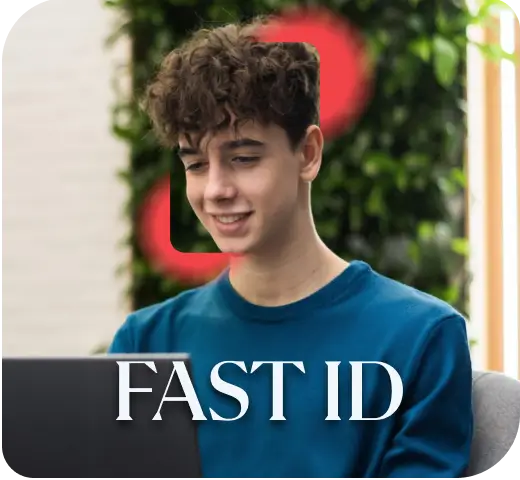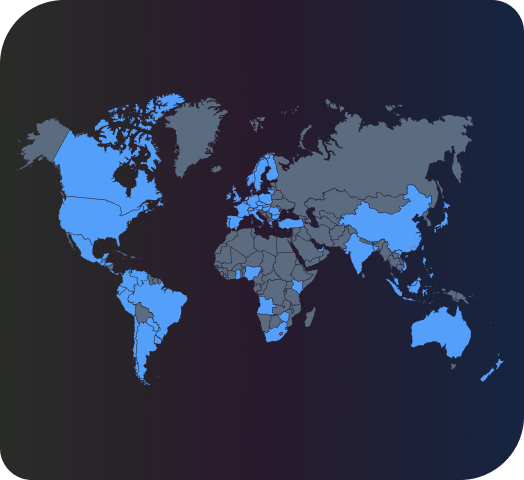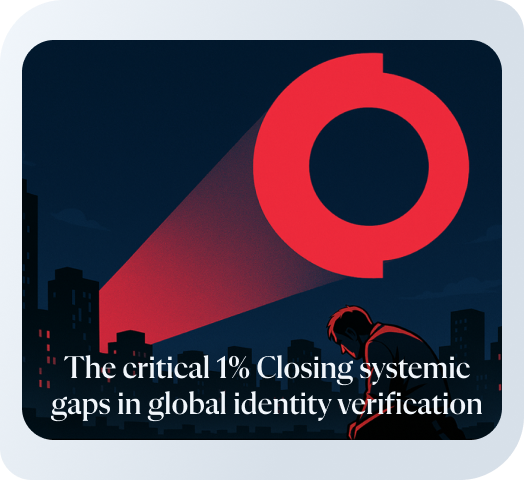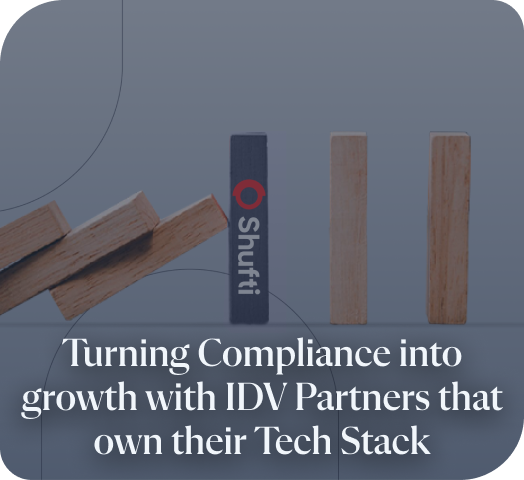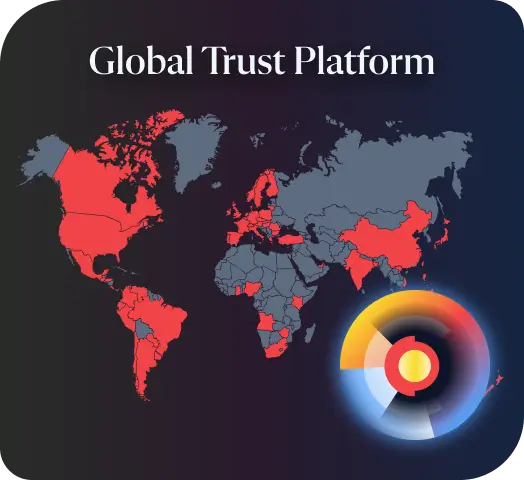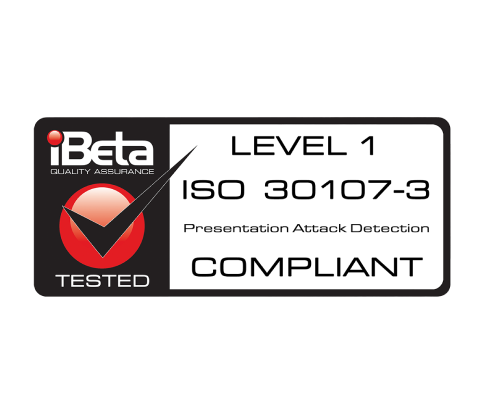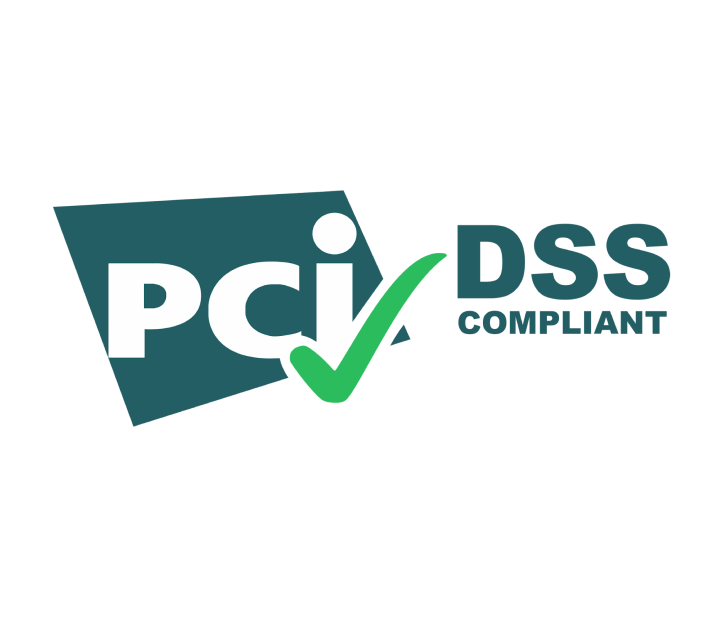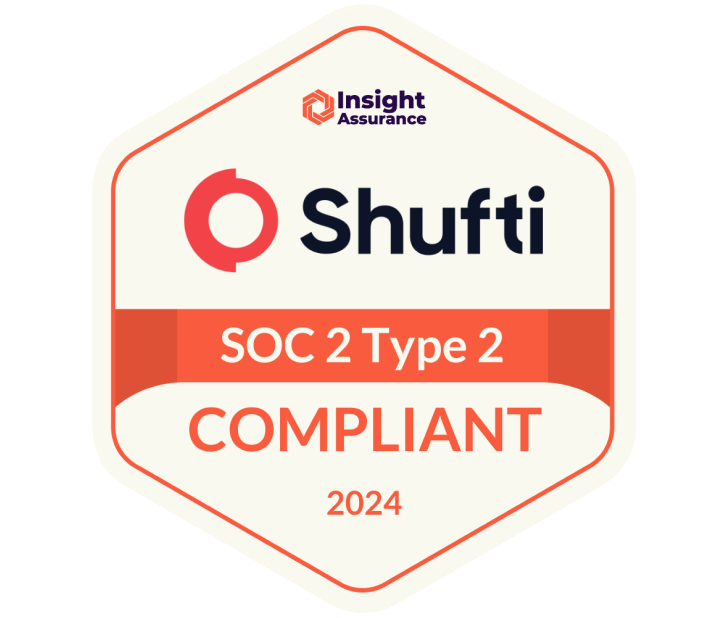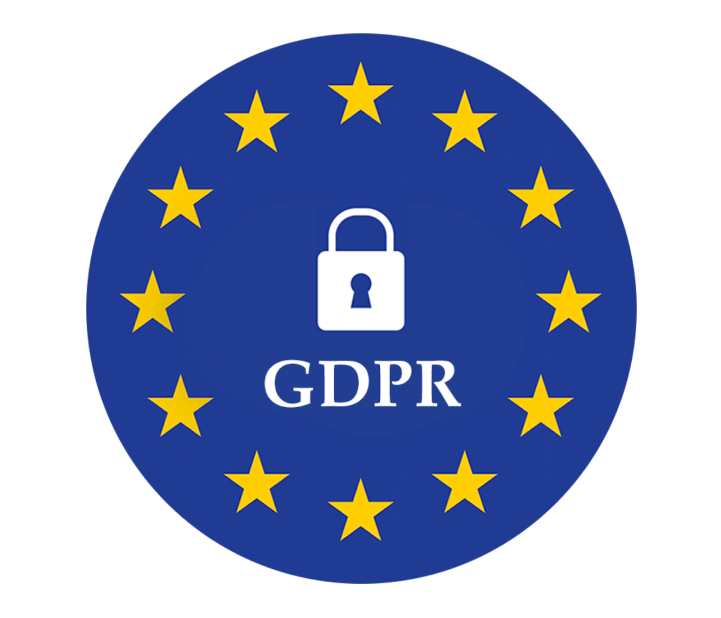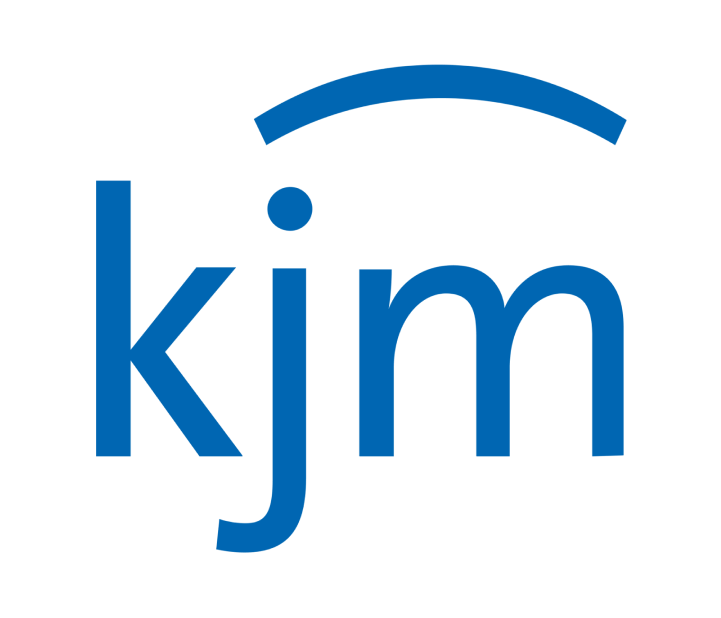When Identity Verification Systems Fail, Everyone Pays the Price

Here’s the uncomfortable truth about identity verification in 2025: with 86 billion verifications projected worldwide, even systems achieving 99% accuracy can produce millions of catastrophic failures. These aren’t statistical abstractions. They represent regulatory violations, executive prosecutions, and operational shutdowns that can destroy business development within days.
But here’s what most organisations miss: fraudsters don’t operate in the 99%. They live in that remaining 1%, in the edge cases, anomalies, and blind spots that cause all the damage.
The Consequences of Verification Gaps
Consider what happens when verification systems collapse across interconnected domains:
Financial markets become criminal highways. Nasdaq’s 2024 Global Financial Crime Report revealed $3.1 trillion in illicit funds flowed through verification gaps. This isn’t money disappearing into abstract networks — it’s legitimate businesses facing de-risking as financial institutions abandon relationships rather than risk regulatory prosecution. When banks can’t distinguish between legitimate transactions and criminal activity, they eliminate entire business categories.
Age verification failures compound these risks exponentially. Nearly half (49.8%) of tobacco and vape shops failed to check IDs during compliance testing, according to JAMA Network research. The immediate penalties are severe — first-time alcohol violations can result in $10,000 fines in New York State, with repeat violations exceeding $20,000. But the real destruction occurs when violations trigger license revocation proceedings that eliminate businesses overnight.
Cryptocurrency exchanges become regulatory targets. Investment fraud losses reached $6.5 billion in 2024, much flowing through exchanges with inadequate KYC processes. When verification failures enable market manipulation, entire currencies can collapse while regulatory crackdowns force exchanges to shut down operations in entire jurisdictions.
The New Reality: Compliance Is Criminal Liability
The regulatory landscape has fundamentally shifted. Under the EU Digital Services Act, fines can reach 6% of global turnover for non-compliance, while the UK’s Ofcom can block non-compliant sites entirely. But the real threat isn’t monetary penalties—it’s personal prosecution.
Criminal liability for executives has become increasingly common, with recent cases resulting in multi-year prison sentences for C-level executives whose companies failed to implement adequate verification systems. In California, selling cannabis to minors carries 3-7 years in state prison. These aren’t regulatory violations; they’re criminal prosecutions that destroy executive freedom while eliminating business value.
The Global Documentation Challenge
While criminal networks exploit weak verification systems, legitimate businesses face an equally devastating challenge: exclusion from markets due to verification infrastructure that can’t accommodate global business realities.
Thousands of types of ID documents exist worldwide — from passports to handwritten documents in every language. Countries like Myanmar still rely on paper-based documentation from the 1950s, while Singapore operates advanced digital systems.
The technological complexity multiplies the challenge. Languages like Khmer, Tamil, and Thai don’t use spaces between words, requiring advanced natural language processing for accurate data extraction. Arabic-speaking countries present right-to-left text mixed with left-to-right numerals, requiring systems to handle bidirectional text processing.
When verification systems can’t handle these legitimate regional variations, businesses can lose potential customers not to fraud prevention, but to systems that can’t accommodate legitimate differences.
The Bottom Line
Identity verification has evolved from a compliance function into critical infrastructure, and companies that continue treating verification as a technical afterthought are building operations on a shaky foundation.
Regulatory authorities can force entire business divisions to shut down when verification systems are deemed inadequate. These shutdowns often occur with minimal notice and persist for years while companies rebuild compliance infrastructure under court-appointed monitors, costing millions monthly.
The organizations that will thrive aren’t those with simply adequate verification systems. They’re the ones that have transformed verification into an adaptive, multi-layered backbone of global trust that makes regulatory violations economically impossible while enabling legitimate business operations worldwide.
Ready to understand the full scope of verification vulnerabilities threatening your business? Download the complete guide here: The Backbone of Global Trust: What happens when identity verification systems fail.



